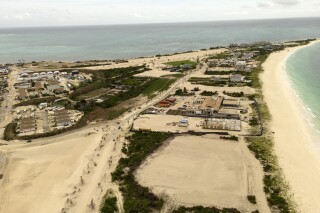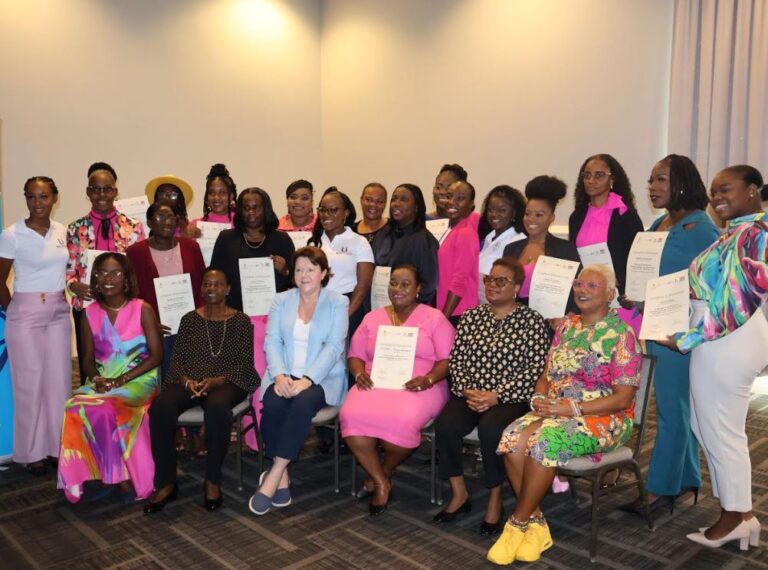Antigua, a sun-kissed Caribbean jewel famed for its turquoise waters and pristine beaches, faces a paradox: it is surrounded by an ocean, yet its people struggle to access freshwater. With limited natural freshwater resources, the island nation epitomizes the global water crisis in microcosm—a crisis exacerbated by climate change, infrastructural neglect, and the complexities of governance.
The Roots of Scarcity
Antigua’s geography leaves it inherently vulnerable. Lacking rivers and reliant on rainfall, its groundwater reserves have been depleted by over-extraction and contamination, forcing dependence on energy-intensive desalination plants . These plants, which convert seawater to drinkable water, now supply 90% of the nation’s needs, but their operation is costly and tethered to fossil fuels, creating a vicious cycle of energy dependency and environmental strain .
The recent commissioning of a $200 million reverse osmosis plant at Ffryes Beach—a U.S.-backed project producing 1 million gallons daily—was touted as a breakthrough . Yet, residents in areas like Five Islands and Herberts report weeks without water, underscoring a disconnect between production and distribution . As one citizen lamented, “We’re surrounded by water, but not a drop to drink” .
Promises and Pitfalls
Prime Minister Gaston Browne’s administration has pledged to resolve the crisis by September 2025, investing $110 million in infrastructure upgrades and aiming for 13 million gallons of daily production . While progress is evident—daily output has risen by 5 million gallons—public trust is frayed. Critics accuse the government of prioritizing “photo-op solutions” over systemic fixes, pointing to aging pipelines, staffing shortages, and allegations of mismanagement under former APUA water manager John Bradshaw .
The challenge is not unique to Antigua. Globally, 25% of humanity faces extreme water stress, with climate variability intensifying scarcity . Like Cape Town’s “Day Zero” crisis or Chennai’s reservoirs running dry, Antigua’s struggles reflect a broader truth: abundance in production means little without equitable distribution .
A Path Forward
Solutions demand innovation and accountability. Antigua’s push to integrate renewable energy into desalination—harnessing solar and wind—could reduce costs and emissions, breaking the fossil fuel link . Modernizing infrastructure, plugging leaks, and adopting rainwater harvesting are critical steps, as seen in Bangalore’s efforts to revive ancient wells .
Equally vital is addressing governance. Public frustration over “empty promises” and perceived corruption highlights the need for transparent, participatory planning . A National Commission of Inquiry, as demanded by citizens, could restore faith while ensuring funds are spent wisely .
A Global Lesson
Antigua’s plight mirrors the world’s water paradox: scarcity amid plenty. As the UN Environment Programme urges, combating this crisis requires “systems thinking” that prioritizes sustainability and equity . For Antigua, this means balancing technological fixes with grassroots resilience—turning desalination plants into nodes of renewable energy, empowering communities to manage local resources, and holding leaders accountable.
In the words of a local resident: “We don’t need more time-stalling promises. We need water” . The clock is ticking, not just for Antigua, but for all nations navigating a thirsty future.
This editorial draws on reporting from Antigua Newsroom, Associate Times, and global analyses from The New York Times and Nature. For further reading, visit the cited sources.



